Falafel with hummus and pita bread is a delightful culinary trifecta that combines crispy chickpea balls, creamy and savory hummus, and warm, fluffy pita bread. This dish is not just a meal; it’s an experience that transports your taste buds to the bustling streets of the Middle East, where flavors and aromas dance in the air.
Let us map this dish onto the structure of the Tarot — using three suits from the Minor Arcana:
- 🧆 Falafel → Suit of Wands (Fire)
- Represents: Action, heat, courage, and spice.
- Why: Falafel is fried — born in oil and fire. It brings heat, boldness, and flavorful punch. Just like Wands, it’s dynamic and energizing.
- 🥣 Hummus → Suit of Cups (Water)
- Represents: Emotion, intuition, and nourishment.
- Why: Creamy, smooth, and cooling — hummus is a balm to the fried falafel’s heat. Like Cups, it comforts and connects.
- 🥖 Pita Bread → Suit of Pentacles (Earth)
- Represents: Stability, support, and material reality.
- Why: Pita is the vessel. It holds, scoops, wraps — the foundation that brings the other two together. Like Pentacles, it grounds the experience.
Culinary tarot alchemy is a sacred union of fire, water, and earth on your plate.
Chakra Insights
-
Root Chakra (Muladhara) – Grounding & Stability
-
Why: The pita bread, made from simple grains, represents foundation and nourishment. It connects you to the earth and traditions of communal dining, giving a feeling of safety and grounding.
-
Affirmation: “I am rooted, supported, and nourished by the simple gifts of the earth.”
-
Sacral Chakra (Svadhisthana) – Creativity & Pleasure
-
Why: Falafel, with its aromatic spices and crisp texture, awakens the senses. The play between herbs, chickpeas, and fried crunch stimulates joy and creative flow, making it an experience beyond simple sustenance.
-
Affirmation: “I savor life’s flavors and allow creativity to flow through me.”
-
Solar Plexus Chakra (Manipura) – Confidence & Vital Energy
-
Why: Hummus, smooth and rich with tahini and lemon, brings warmth and vitality. It strengthens willpower and energizes the digestive fire, empowering your strength.
-
Affirmation: “I digest experiences with confidence and radiate my inner power.”
-
Heart Chakra (Anahata) – Compassion & Connection
-
Why: Sharing falafel and pita is a communal act, opening the heart to connection. This meal is rooted in Middle Eastern traditions of hospitality, turning eating into an act of love and generosity.
-
Affirmation: “I open my heart to connection and find joy in shared nourishment.”
✨ Magickal Ritual to Bless the Meal
Before eating, hold your dish with both hands. Close your eyes and whisper:
Haiku Blessing
Warm fire, creamy peace,
Grounded bread beneath it all—
I eat, and I rise.
Imagine yourself drawing power from each element.
Let falafel spark action, hummus nourish your heart, and pita support your path.
Origin and Cultural Significance
The origins of falafel are steeped in history and debate, much like a good book that has been passed down through generations. Some trace its roots back to Egypt, where it was known as "ta'ameya," made with fava beans instead of chickpeas. Others argue that it was the Levantine countries that popularized falafel as we know it today. Regardless of its beginnings, falafel has become a beloved street food across the Middle East and beyond, offering nourishment and comfort to those who enjoy it.
In many Middle Eastern cultures, food is not just about sustenance; it's a means of connection, a way to gather friends and family around the table, share stories, and create lasting memories. Serving falafel with hummus and pita bread embodies this spirit of togetherness. As you sit down to enjoy this meal, you’re not just tasting the food; you’re partaking in a tradition that has united people for centuries.
Unique Ingredients and Flavors
What makes falafel truly magical are its ingredients. The key player, of course, is the chickpea. Rich in protein and fiber, chickpeas are the heart of falafel, providing a hearty base that can be seasoned and shaped into delightful balls. The chickpeas are typically soaked overnight, allowing them to soften and absorb water, which is essential for achieving that perfect texture.
But it’s not just about the chickpeas; it’s the spices that elevate falafel from mere chicpeas to an explosion of flavor. Cumin, coriander, garlic, and fresh herbs like parsley and cilantro are blended in, creating a symphony of taste that dances on your palate. The warm, earthy notes of cumin and the brightness of fresh herbs intertwine to create a fragrant aroma that fills your kitchen, beckoning everyone to come and savor the goodness.
Hummus, the creamy dip that accompanies falafel, is another layer of flavor that enhances this dish. Made from blended chickpeas, tahini, olive oil, lemon juice, and garlic, hummus offers a velvety texture and tangy taste that complements the crispy falafel perfectly. As you dip your freshly baked pita into the hummus, it’s like a match made in heaven—each bite harmonizes the crunch of falafel with the smoothness of the dip.
Cooking Techniques and Preparation
The cooking techniques involved in preparing falafel are simple but effective, making it accessible for home cooks of all levels. The mixture is typically shaped into small balls or patties and then deep-fried until golden brown and crisp. This frying process is where the magic happens; the hot oil transforms the exterior into a crunchy shell while keeping the inside tender and flavorful.
If you’re looking for a healthier alternative, baking the falafel is also an option. While they won't have the same crispy exterior as their fried counterparts, baking allows the flavors to shine through, making for a lighter but still delicious meal.
The pita bread is another crucial component, serving as the vessel that holds all these wonderful flavors together. Whether you choose to make it from scratch or buy it from a store, warm and fluffy pita is essential for scooping up the falafel and hummus, creating a handheld experience that’s both fun and satisfying.
As you embark on this culinary journey of making falafel with hummus and pita bread, remember that cooking is an art. It’s about experimenting, tasting, and adjusting to your preferences. Embrace the process, and don’t hesitate to add your special touch—be it a sprinkle of paprika, a drizzle of olive oil, or a handful of fresh vegetables. This is your meal, and it should reflect your taste and style.

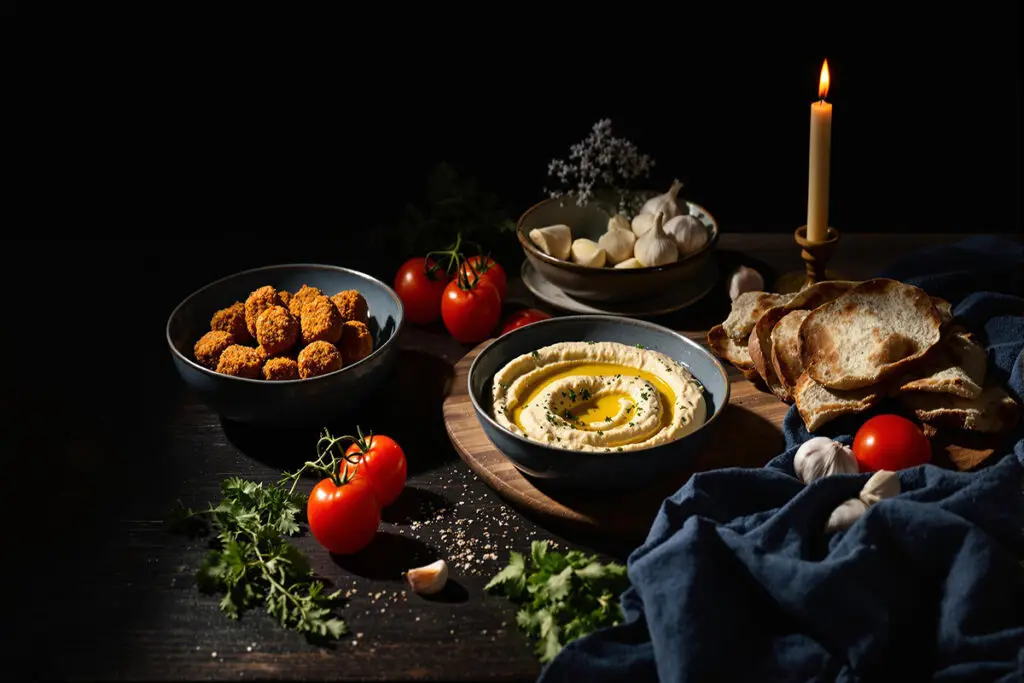
 Place 1 cup of dried chickpeas in a bowl and cover them with cold water. Let them soak overnight, or for at least 8 hours, until they double in size.
Place 1 cup of dried chickpeas in a bowl and cover them with cold water. Let them soak overnight, or for at least 8 hours, until they double in size.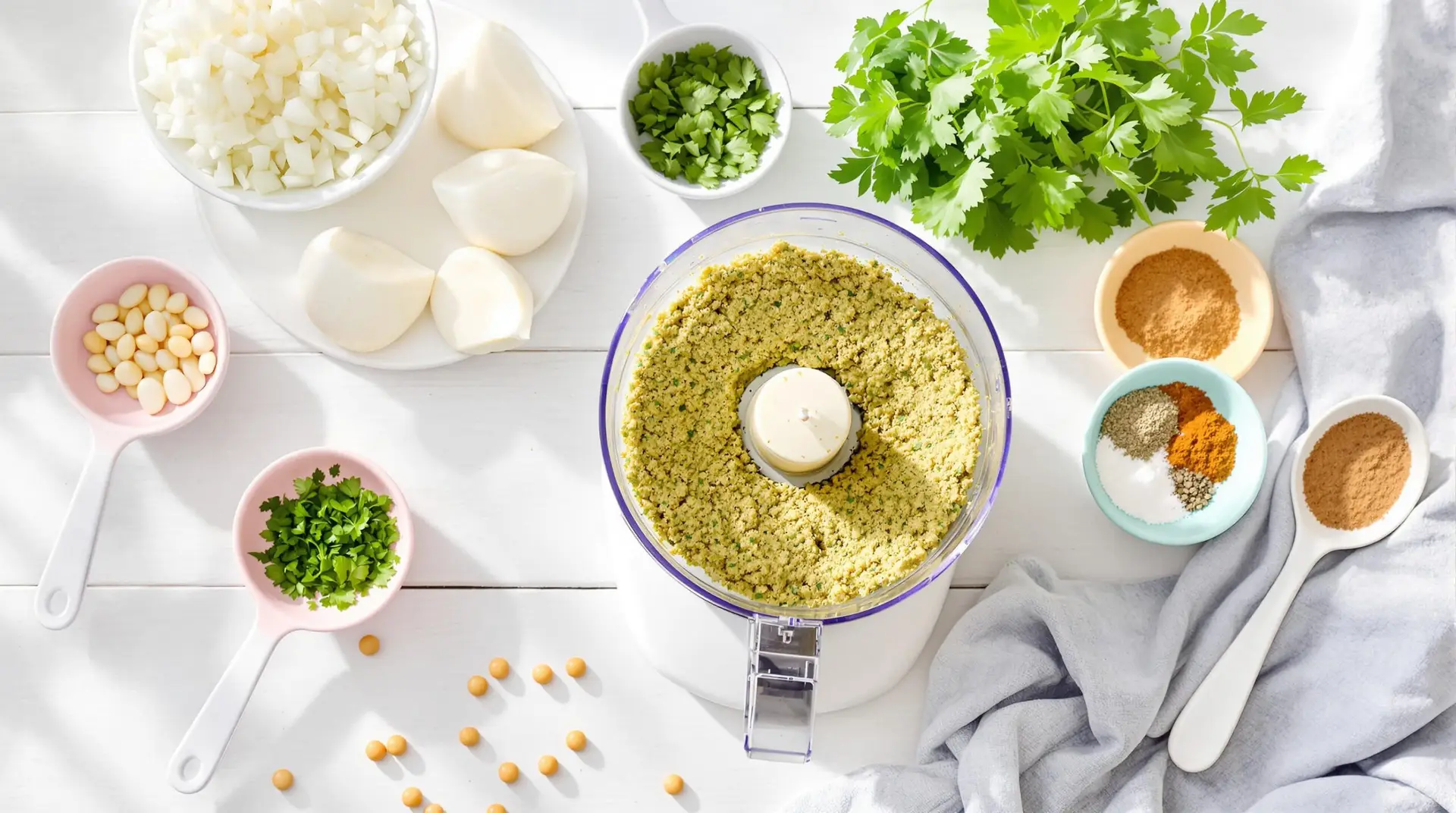 Drain and rinse the soaked chickpeas. In a food processor, combine the chickpeas, 1 small chopped onion, 2-3 cloves of garlic, 1/4 cup fresh parsley, 1/4 cup fresh cilantro, 1 tsp cumin, 1 tsp coriander, 1/2 tsp baking powder, salt, and pepper. Pulse until the mixture is finely ground but not pureed—think coarse sand.
Drain and rinse the soaked chickpeas. In a food processor, combine the chickpeas, 1 small chopped onion, 2-3 cloves of garlic, 1/4 cup fresh parsley, 1/4 cup fresh cilantro, 1 tsp cumin, 1 tsp coriander, 1/2 tsp baking powder, salt, and pepper. Pulse until the mixture is finely ground but not pureed—think coarse sand.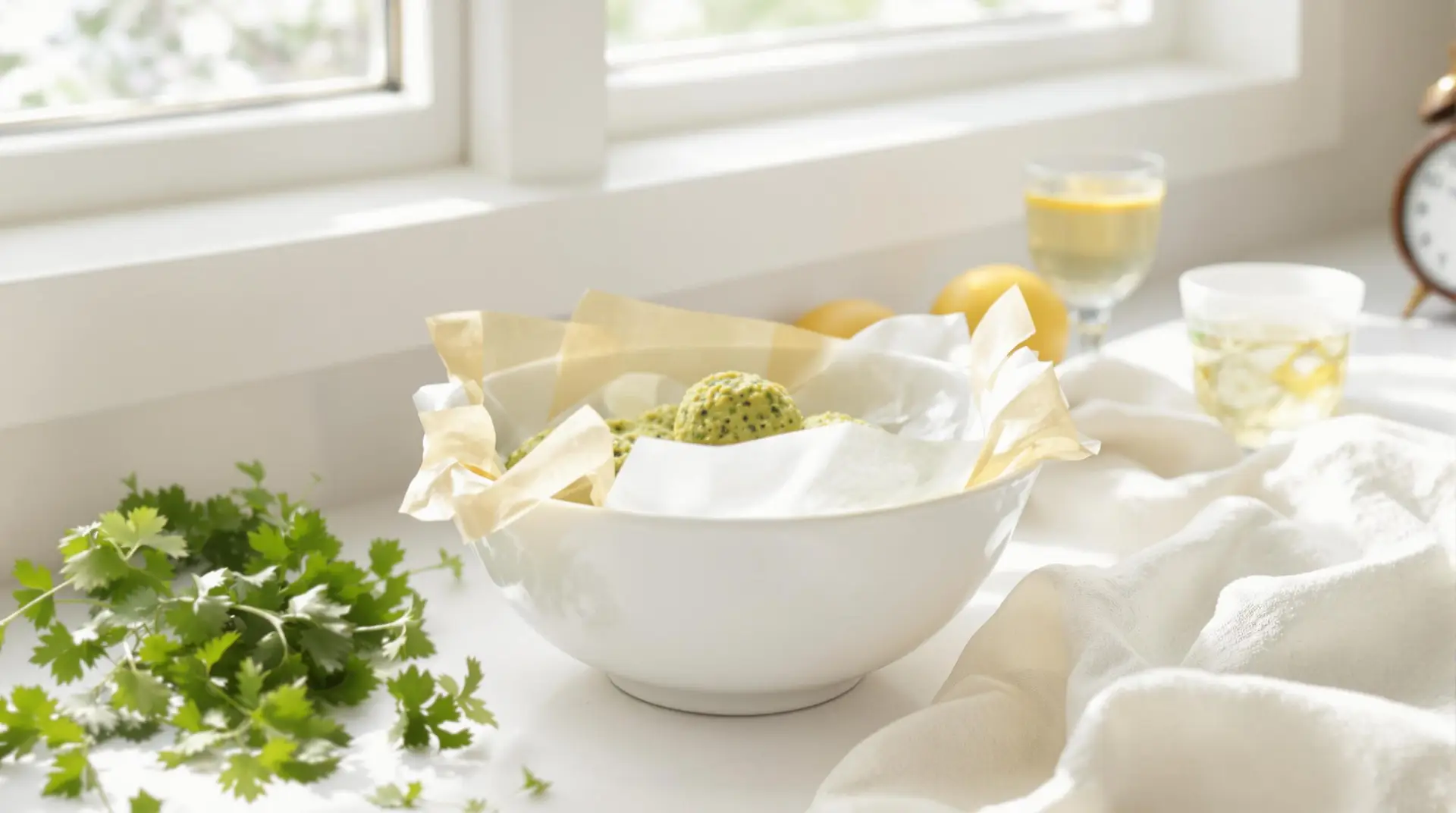 Transfer the mixture to a bowl, cover, and refrigerate for at least 30 minutes. This helps it hold together when frying.
Transfer the mixture to a bowl, cover, and refrigerate for at least 30 minutes. This helps it hold together when frying. In a deep skillet or pot, pour in enough vegetable oil to submerge the falafel balls (about 2-3 inches deep). Heat the oil to 350°F (175°C).
In a deep skillet or pot, pour in enough vegetable oil to submerge the falafel balls (about 2-3 inches deep). Heat the oil to 350°F (175°C). Using your hands or a cookie scoop, form the falafel mixture into small balls or patties, about the size of a golf ball.
Using your hands or a cookie scoop, form the falafel mixture into small balls or patties, about the size of a golf ball.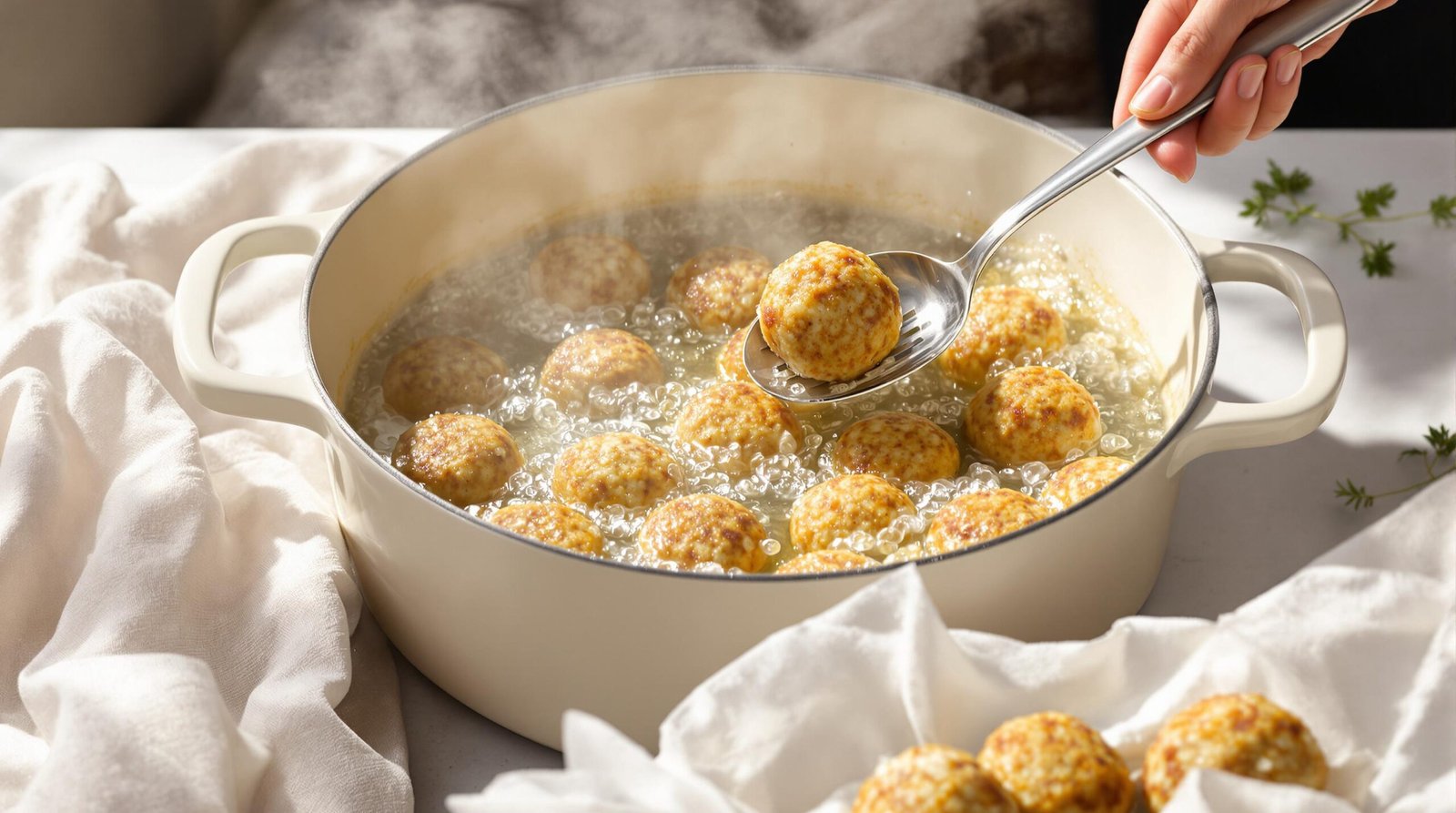 Carefully drop the falafel into the hot oil, a few at a time. Fry until golden brown and crispy, about 3-4 minutes per side. Use a slotted spoon to transfer them to a paper towel-lined plate.
Carefully drop the falafel into the hot oil, a few at a time. Fry until golden brown and crispy, about 3-4 minutes per side. Use a slotted spoon to transfer them to a paper towel-lined plate.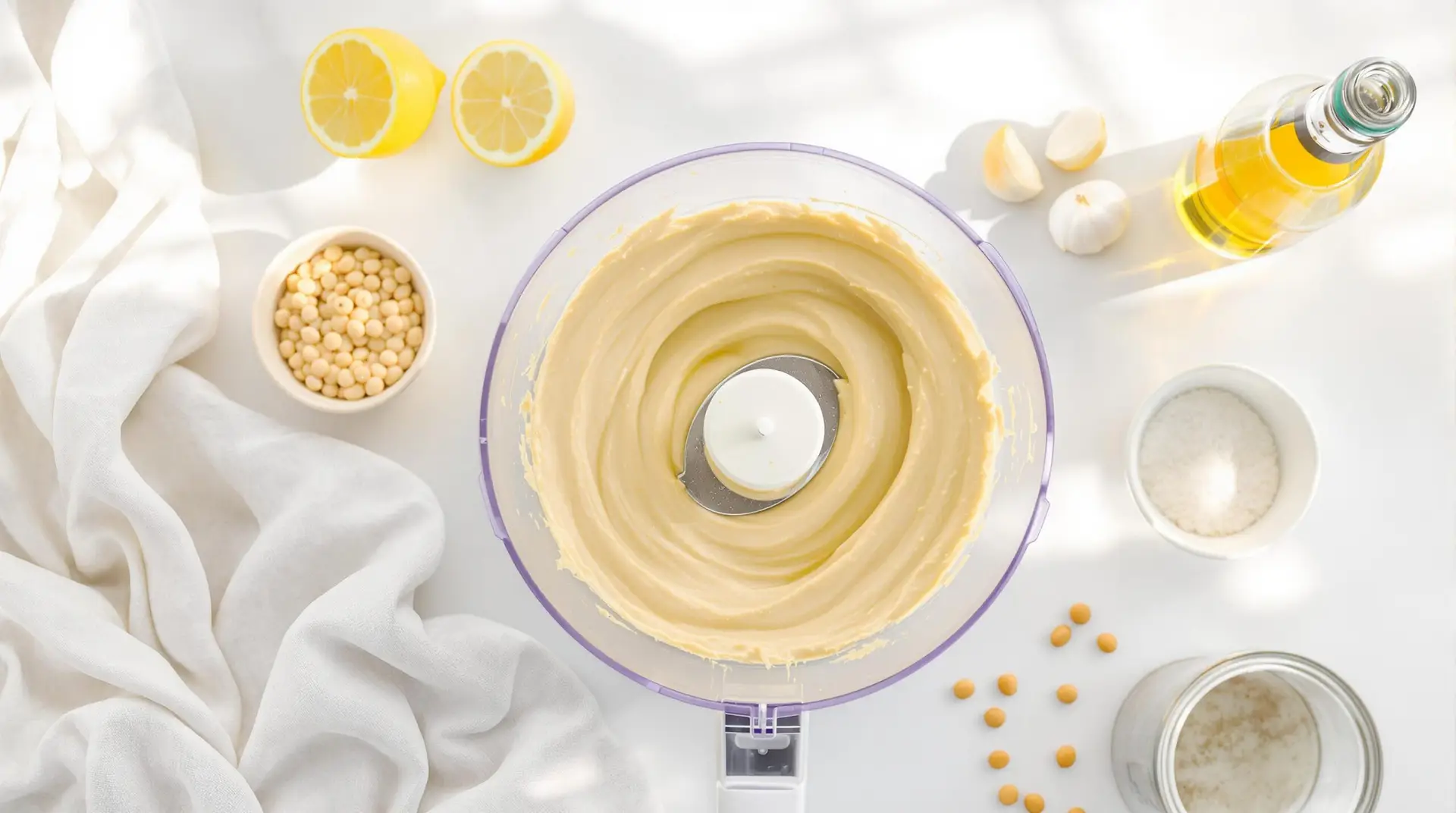 In a food processor, combine 1 can of drained chickpeas, 1/4 cup tahini, juice of 1 lemon, 2 cloves of garlic, 2 tablespoons olive oil, salt, and a bit of water as needed. Blend until smooth and creamy.
In a food processor, combine 1 can of drained chickpeas, 1/4 cup tahini, juice of 1 lemon, 2 cloves of garlic, 2 tablespoons olive oil, salt, and a bit of water as needed. Blend until smooth and creamy. If the hummus is too thick, add a tablespoon of water at a time until you reach your desired creaminess.
If the hummus is too thick, add a tablespoon of water at a time until you reach your desired creaminess.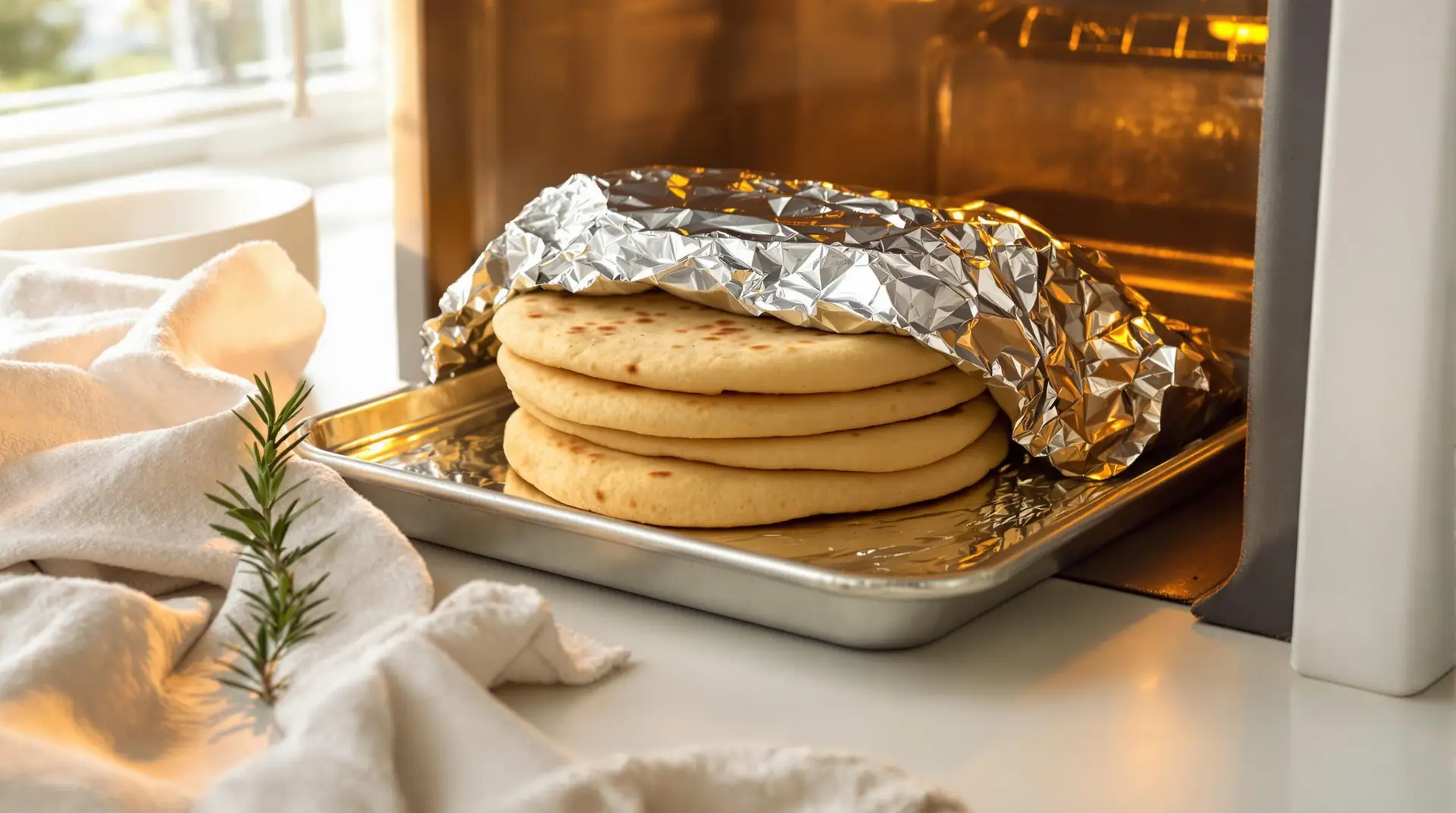 Wrap your pita bread in aluminum foil and place it in a preheated oven at 350°F (175°C) for about 10 minutes, or until warm.
Wrap your pita bread in aluminum foil and place it in a preheated oven at 350°F (175°C) for about 10 minutes, or until warm. Serve the crispy falafel alongside a generous scoop of hummus and warm pita bread. Add fresh veggies like sliced cucumbers, tomatoes, and lettuce for crunch.
Serve the crispy falafel alongside a generous scoop of hummus and warm pita bread. Add fresh veggies like sliced cucumbers, tomatoes, and lettuce for crunch.
